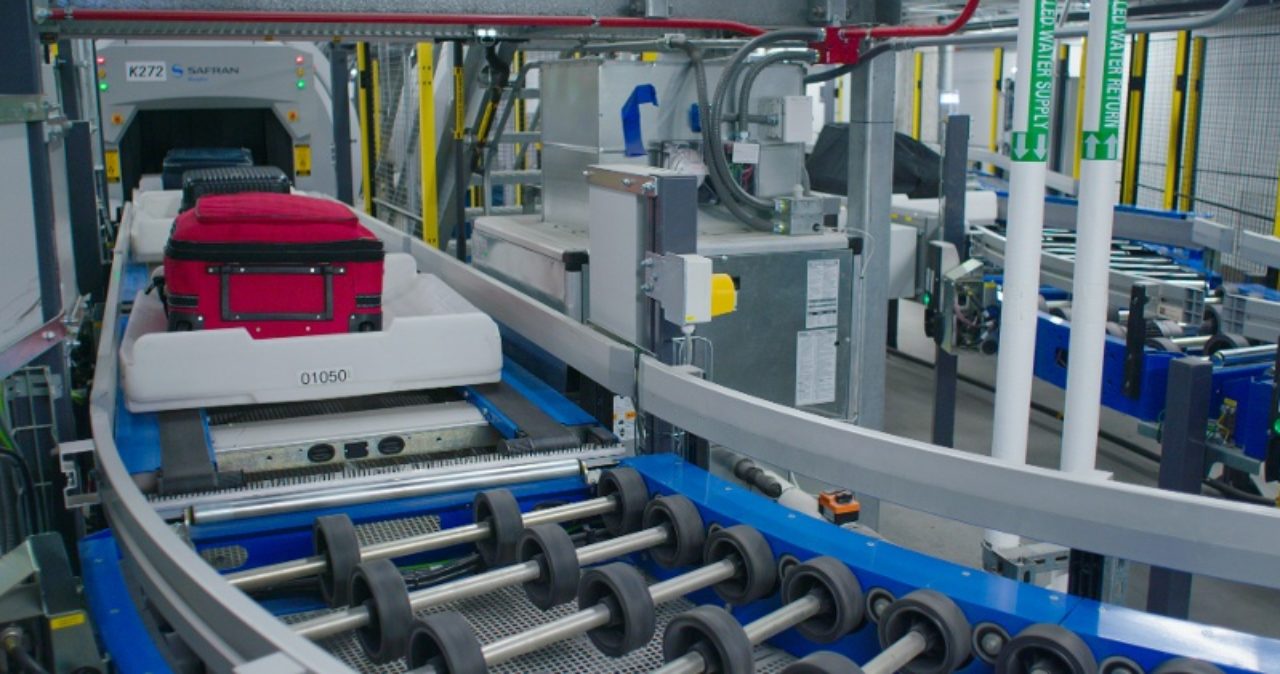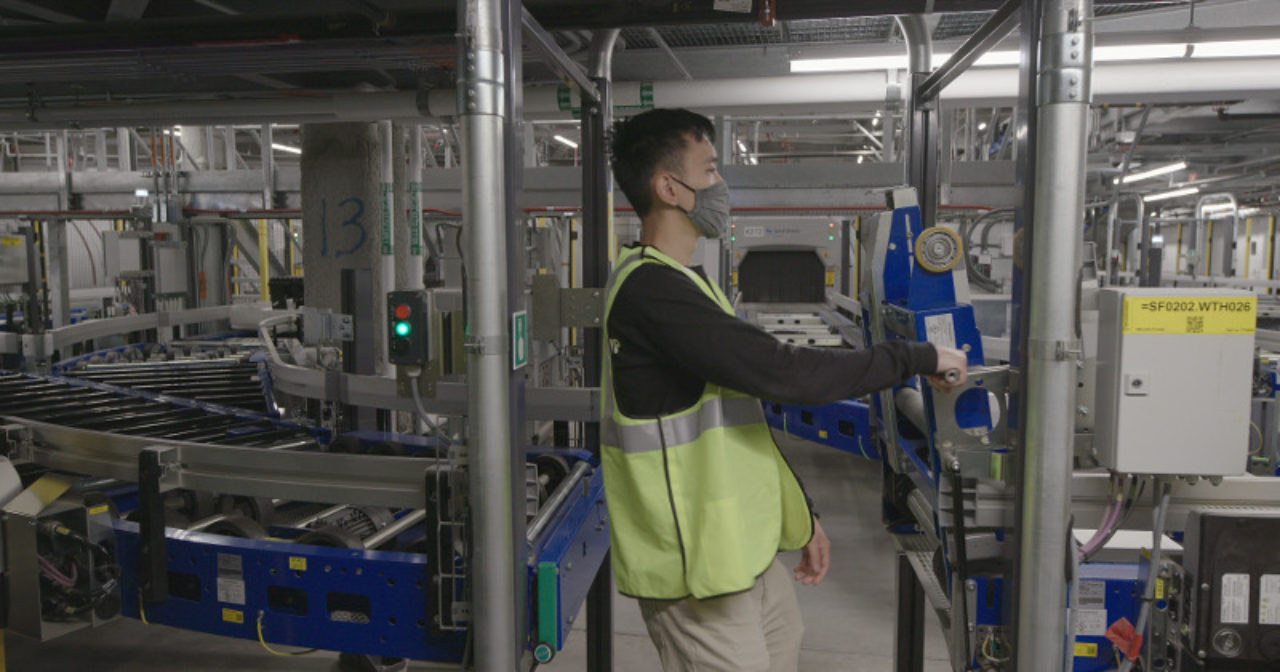By BEUMER Group
We talked with baggage handling consultant, Blair Cox of JSM & Associates, about how an airport can identify whether a business case can be made for implementing the Individual Carrier System (ICS) technology for its baggage handling.
Zeroing in on the airport’s touchpoint
Whether an airport is in the master planning stage, looking ahead five or six years, or putting into place plans for an expansion project, in determining which BHS to implement, it needs to consider its overall business strategy and what it is trying to sell its clients.
According to Mr Cox:
“Airports need to identify what their needs are and then build structures for those needs. This will result in vastly different approaches and rationales for choosing a technology and that is the critical piece.”
Some airports around the world, Cox explains, will pay significantly higher energy costs than other airports. So for these airports, energy savings will be of primary importance.
Others’ strategy will include a significant sustainability drive and they will want to be able to sell their airports as green and less environmentally harmful in its carbon emissions. For this type of airport, a baggage handling operation that has less impact on the environment will be the overriding consideration.
Then again, for other airports, the ability to meet ECAC Standard 3 and TSA requirements for 100% baggage tracking has to be prioritised.







